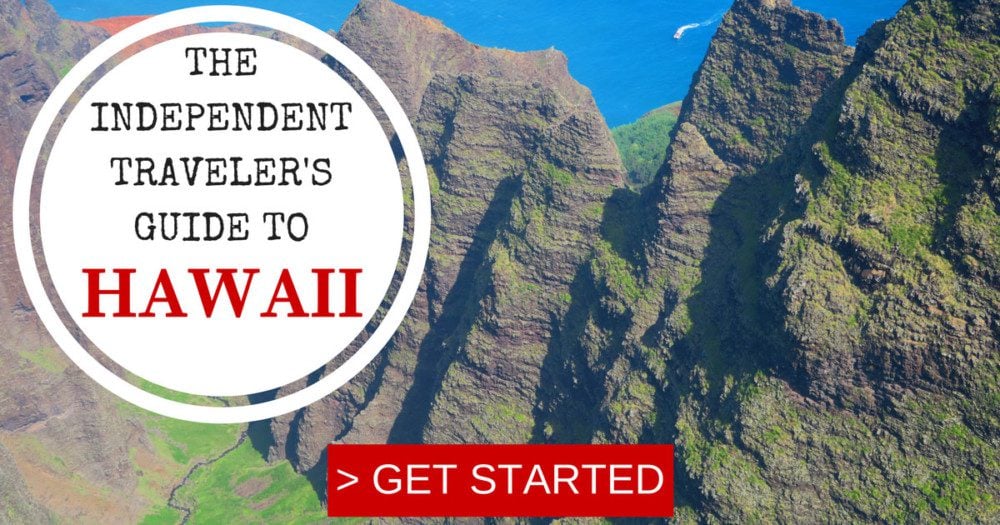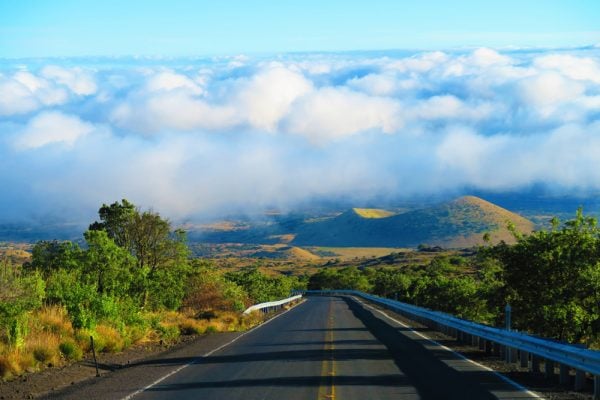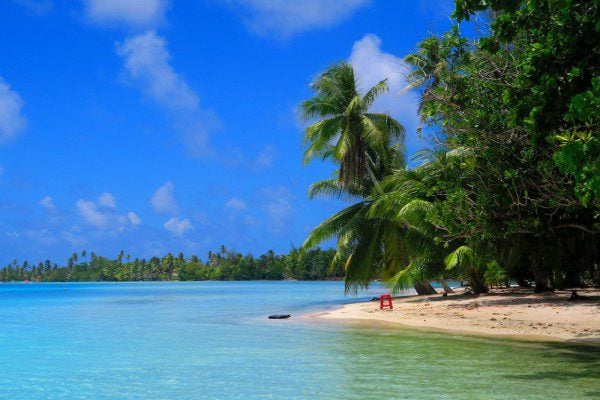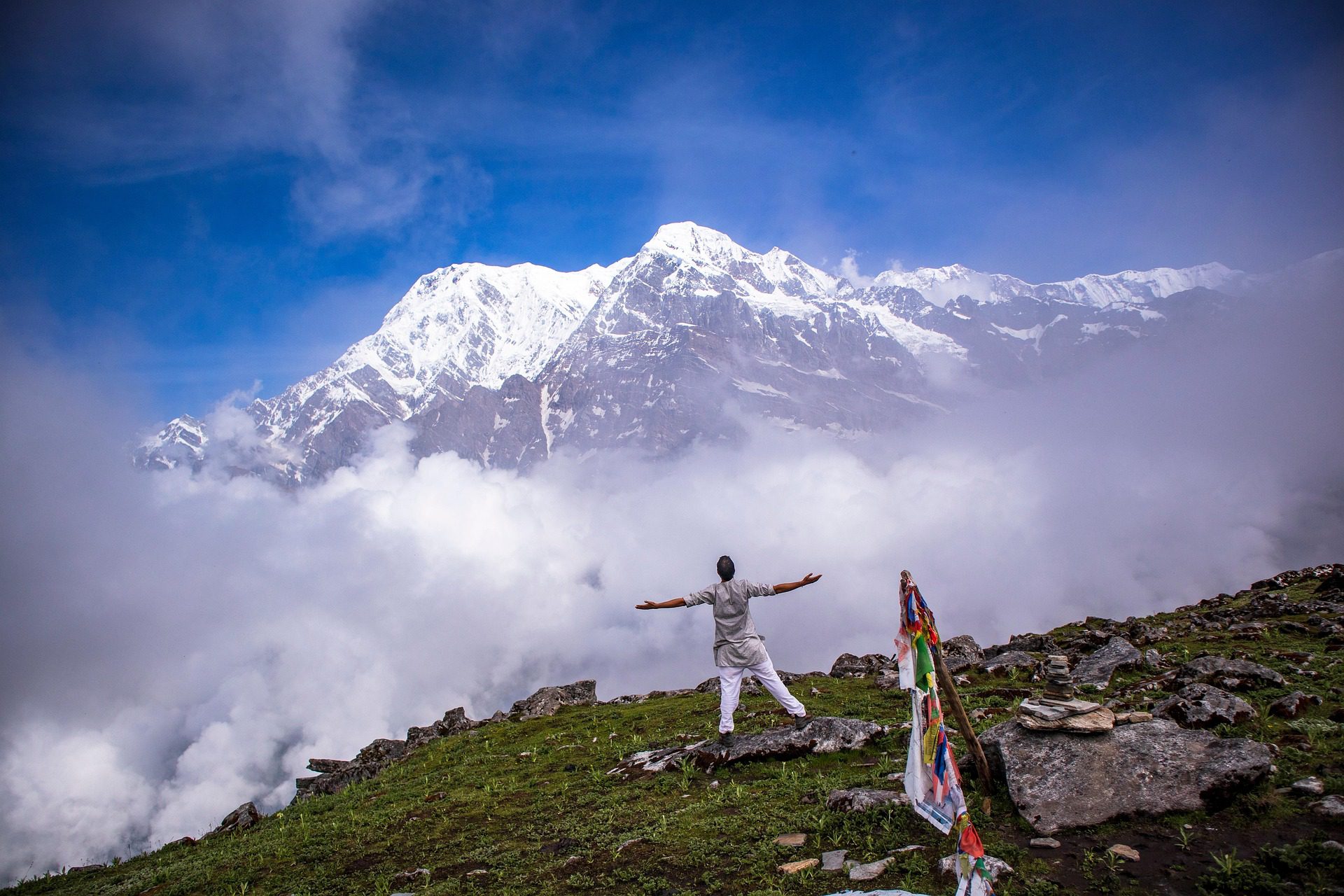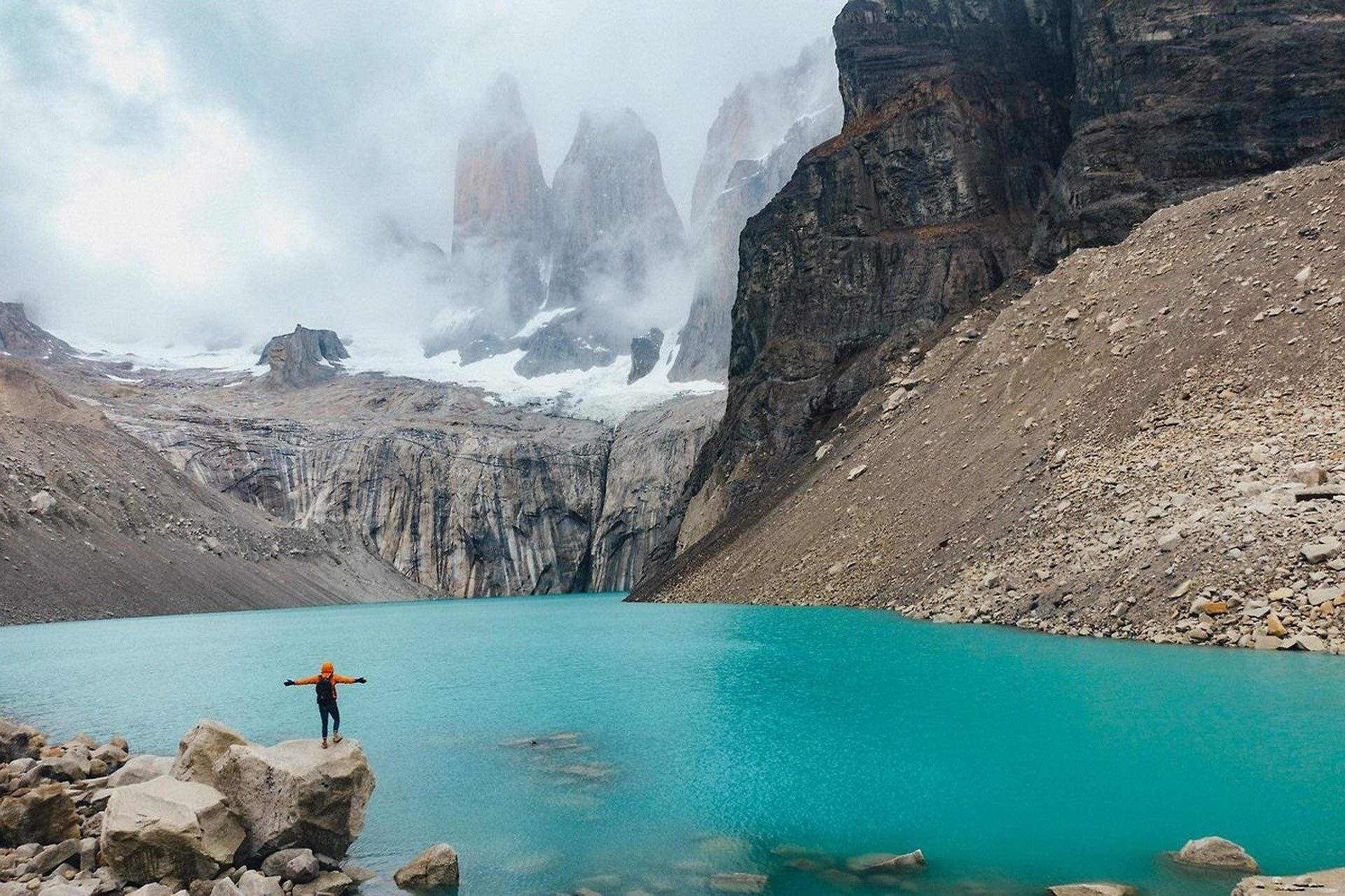A Hawaiian Song of Fire and Ice
Aloha! Last week we explored the Big Island’s deep valleys and used a secret map to hike to the island’s tallest waterfall. This week, we’ll witness the power of creation on an attempt to get as close as possible to the Kilauea Volcano’s rivers of lava. And before bidding farewell to the Big Island en route to the next Hawaiian island, we’ll hike to the island’s snow-capped highest peak. As George RR Martin said it best, this week’s post will be a real song of fire and ice!
Visiting Hawaii? Sample itineraries, guides to the best spots, and the must-see highlights in five islands are all waiting for you in the Hawaii Travel Guide collection. Aloha!
Hawaii, Tailor Made!
The Hawaiian islands are among the last places to be colonized by mankind, five main islands, each with its unique personality.
Get expert advice and assistance with planning your trip to the destination where tropical dreams come true!
Chapter 1: Fire!
Like all Hawaiian islands, the Big Island is the product of volcanic activity. But on this island, mother nature is still busy at work. In fact, if you had to describe the island in a single image, it would be that of fire, lava to be more precise.
Here’s a little exercise for you using the image below (credit to Google Earth, of course). How many volcanoes make up the Big Island?
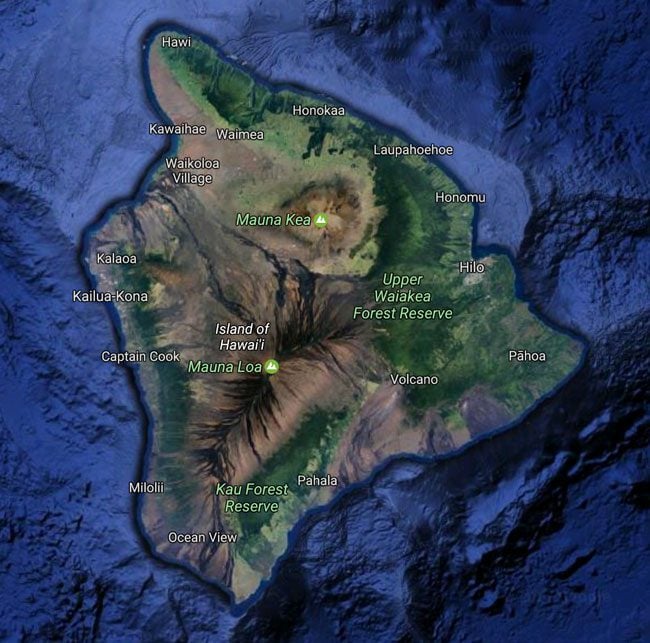
The answer is five and they’re what are called shield volcanoes in fancy geological jargon. This means that most of the Big Island’s volcanoes are of enormous proportions, rising gradually from the ocean floor towards the heavens in the shape of a warrior’s shield resting on the ground. They may not have the flare of cone-shaped volcanoes but because of their gradual ascent, they shield their surroundings and are ultimately responsible for some of the bizarre weather patterns that I mentioned in the first post from the Big Island.
The goddess, not the football legend!
But out of its five volcanoes, it is Kilauea – the flattest of the five – that produces one of the best shows on the planet. It is among the world’s most active volcanoes. In fact, Kilauea has been continuously erupting since 1983, adding well over 100 km2 of new land to the island and doing so as you’re reading these lines. And as lava is pouring in the general direction of the ocean, Kilauea is also sending gas plumes into the air. Known as Vog (volcanic fog), I sometimes see these toxic clouds hovering off the Kona coast.
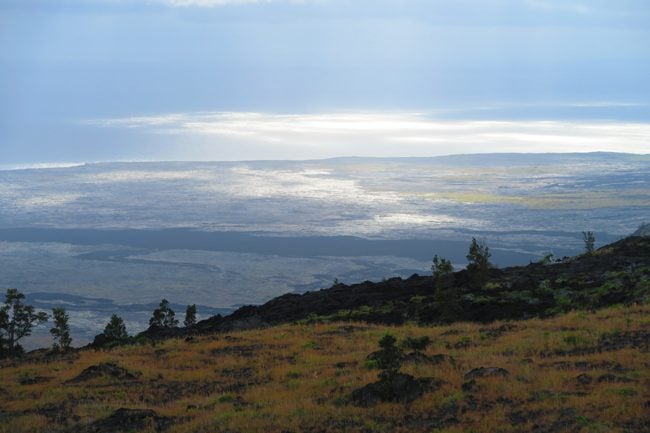
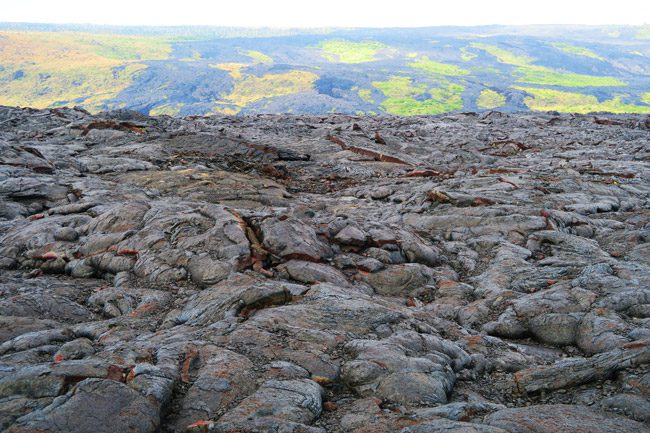
According to ancient Hawaiian belief, it is Pele that is responsible for all this fiery madness. But in this case, Pele ain’t the Brazilian football (soccer) legend. It is the goddess of fire, lightning, wind, volcanoes and anything flammable. Pele is well respected around the island, often referred to as ‘madame’, and she is not to be messed with – just ask the folks whose homes were destroyed the last time Pele had a bad day. Pele is believed to reside inside Kilauea’s’ blazing crater and when she’s pissed, just get the hell away.
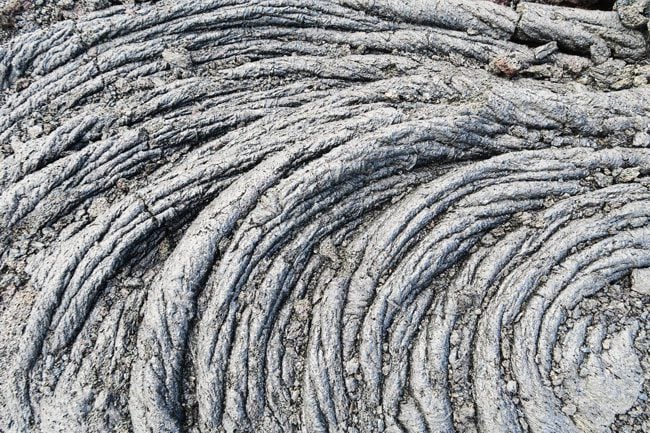
Hawaii Volcanoes National Park
Encompassing this interesting section of the island is Hawaii Volcanoes National Park, our first stop. And why volcanoes in the plural, you might ask? That’s because Kilauea’s much larger sister – Mauna Loa – keeps a close eye on things from within the park’s grounds. Heading south from Kona towards the park takes about two hours of driving. With the scenery changing from lush green to barren lava fields and a massive tower of steam rising in the distance, there is really no point in asking the driver ‘are we there yet?’.
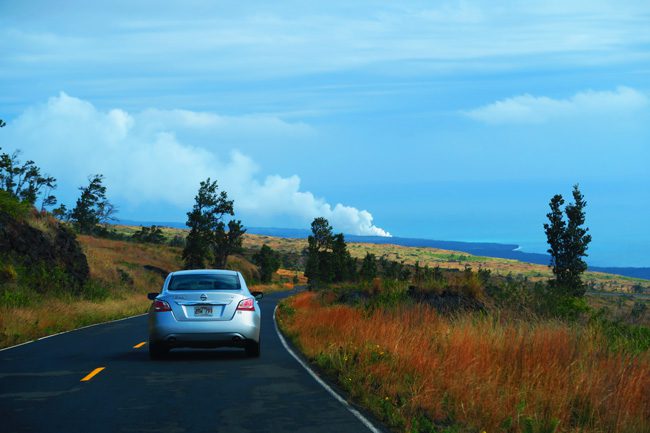
After chatting with the helpful rangers at the visitor’s center (they always are in US national parks), I drive on the Chain of Craters Road – a 30 km-long road that snakes its way from the caldera of Kilauea through moon-like scenery towards the Pacific Ocean. En route, I stop to check out some mysterious ancient petroglyphs left behind by brave Hawaiians that for some reason felt comfortable with the close proximity to Pele.
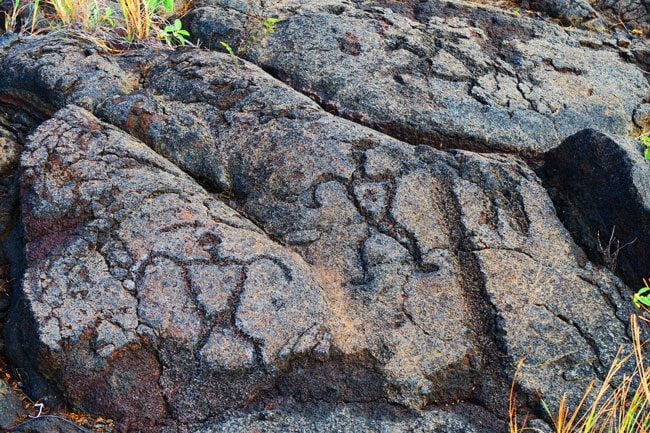
The Chain of Craters Road reaches the end of the line a few miles before the steam we’ve just seen from the highway. The lava simply oozed over the road and there’s not much that can be done about that, even in America. However, previous lava flows and the power of the Pacific Ocean created this lovely sea arch (Holei Sea Arch) that makes the drive totally worth it. The ranger nearby tells me whales are breeding not too far away, but once again, no luck on that front.
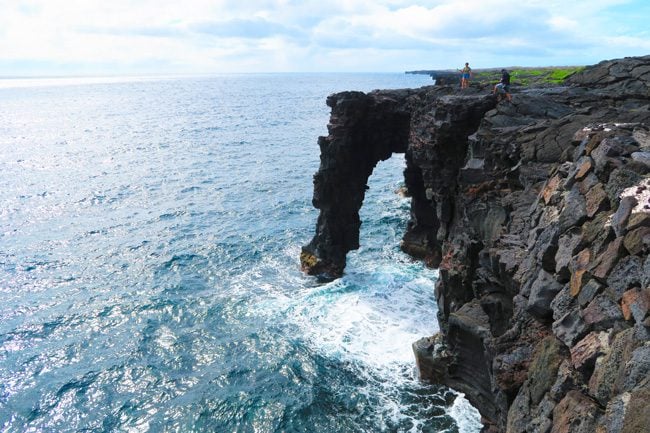
Walking on the moon
Now warmed up, it’s time for some hiking – one of the premier activities in the national park. I reach a panoramic lookout point over the Kilauea Iki Crater and overhear a few satisfied hikers that just came up from the crater’s floor, leaving no other option other than to hike down and have a look for myself.
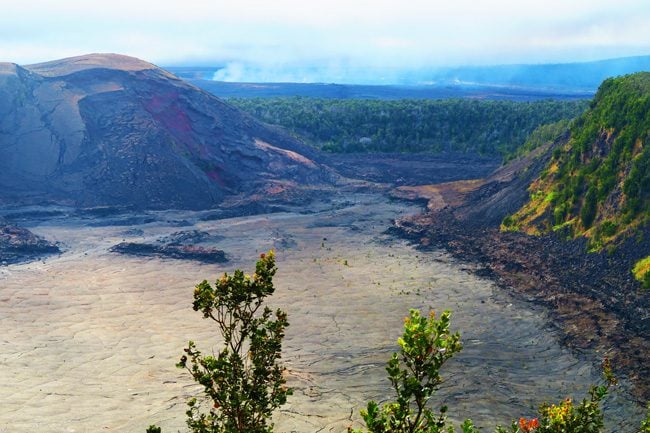
The hike begins with an easy descent through a fern-covered rainforest – a rarity on this side of the island – before touching down on the barren crater floor. The feeling can only be described as walking on the moon, minus the heavy spacesuit and awesome zero-gravity. Sure, here and there a few plants manage to somehow grow but other than that, it’s a pretty desolate place.
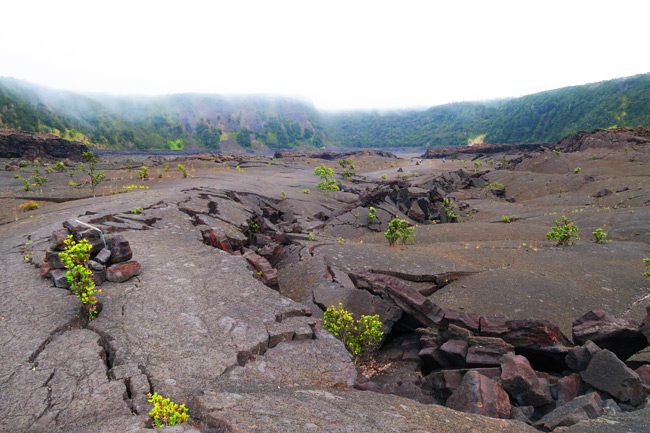
Along the hike inside the crater floor of Kilauea Iki, my mind seems to be playing tricks on me. Does that strange rock formation resemble the famous Rolling Stones logo? Is that steam rising out of the ground? Closer inspection confirms that the vog has yet to affect my eyesight or sanity. The steam is indeed heated water, a natural sauna courtesy of Pele.
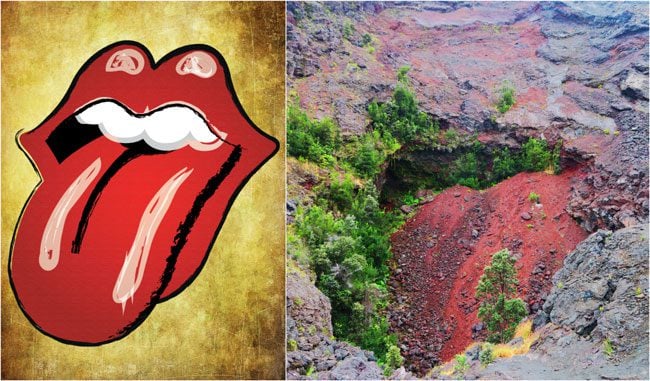
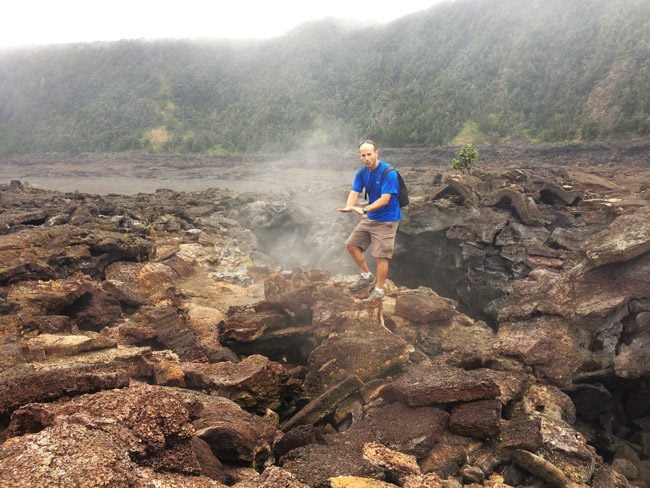
The rewarding hike ascends back up the rainforest to level ground and offers one final reward. The entire Big Island hides a vast network of underground pipelines. These do not carry water in this case but are rather lava tubes – ancient reminders of the immense lava flow. Lava tubes are formed by flowing lava that moves beneath the hardened surface that already managed to cool off. When the fresh lava runs out, the tube is all that remains. I paid a visit to such a tube in Savaii – Samoa’s wild island – back in 2015 but the Thurston Lava Tube in the Big Island is on a whole other level.
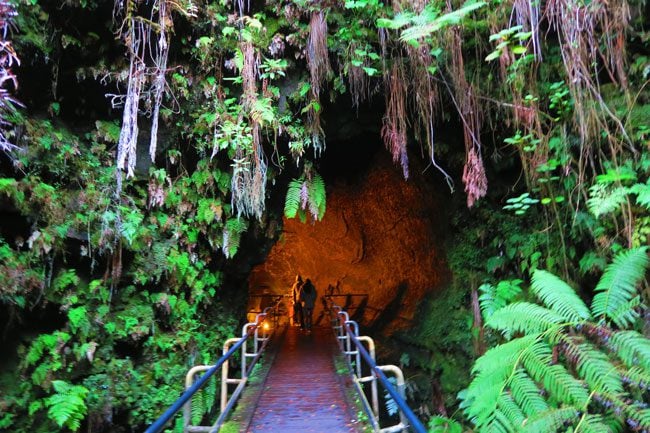
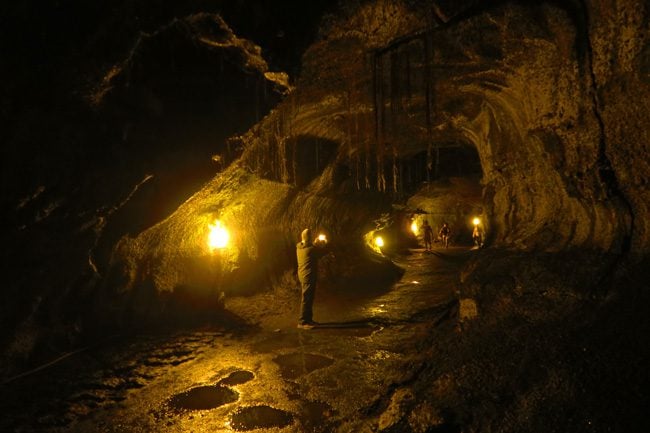
My shoes are melting!
Ready to wrap up my park visit, one last attempt has to be made to get as close as possible to Pele. Since the current eruption blocked the road that leads to the coveted area, a huge detour is called for and on the Big Island, this means over an hour of driving and a further 45-minute bicycle ride over loose gravel and rough volcanic sand.
With the day slowly turning to night, a waterfall appears to be trickling down from Kilauea. But wait for a second, a waterfall isn’t supposed to have a fiery red color! This is the first glimpse of creation – live at work, and adrenaline levels are running high just when fatigue is starting to set in.
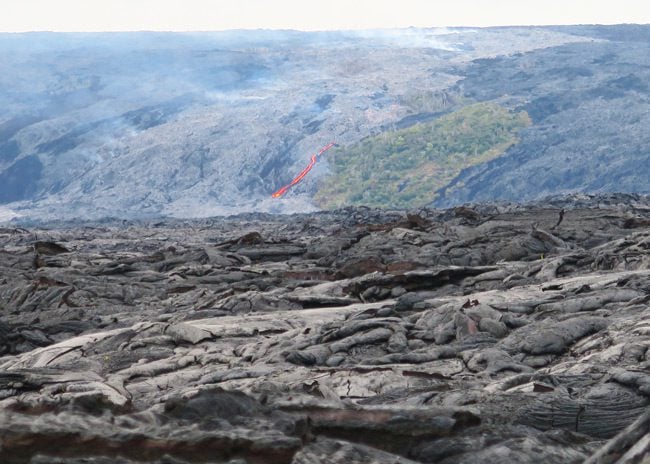
The gravel road ends right at the lava flow and the heat radiating from the ground is felt everywhere. Following the general direction of the lava-fall in the distance, I walk over half hard and half-soft volcanic boulders. When darkness finally sets in, it is easy to distinguish where you probably don’t want to walk, as the glow beneath the boulders draws imaginary boundaries. But at times and with no one else around, I find myself completely lost and surrounded by steaming boulders as if trapped in a minefield.
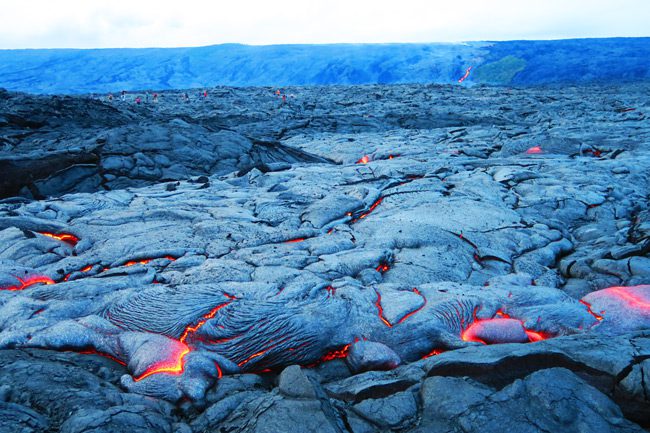
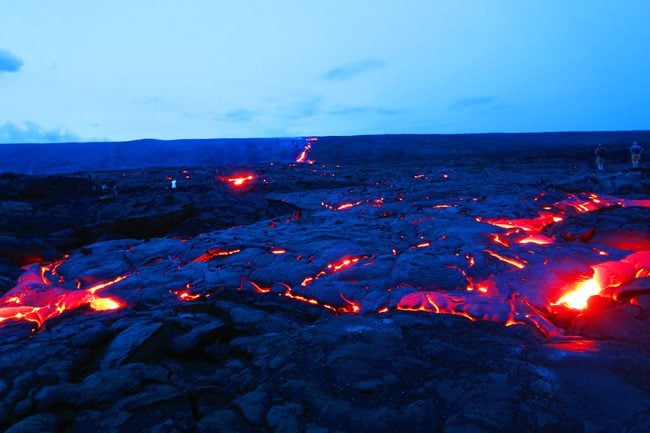
Sounds of rocks popping – like microwave popcorn – are coming out of every corner. It is hot, sweat is dripping down and it feels as though the heels of my sturdy hiking boots are beginning to melt. But watching the lava ooze and slowly flow in the darkness of the night in curious-looking patterns is mesmerizing and paralyzing. You can’t help but wait and stare at the flow, see what patterns are formed and toss a solid rock in its general direction only to realize this ain’t a bowl of soup. Even as it flows, the lava cools and hardens externally. I’ve stood on the rim of the world’s most accessible active volcano on the island of Tanna in Vanuatu, but this is as close as you can get to the gates of hell.
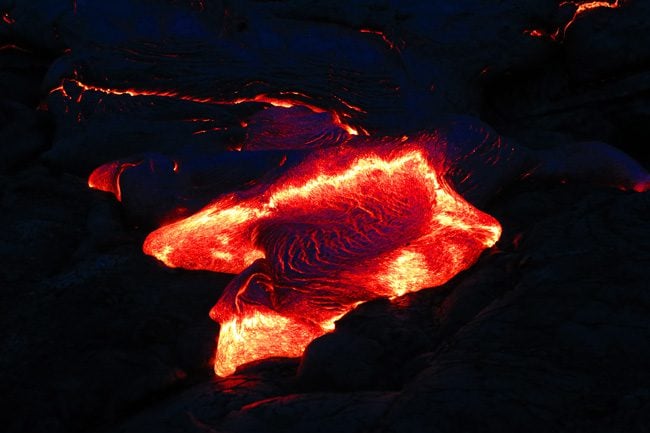
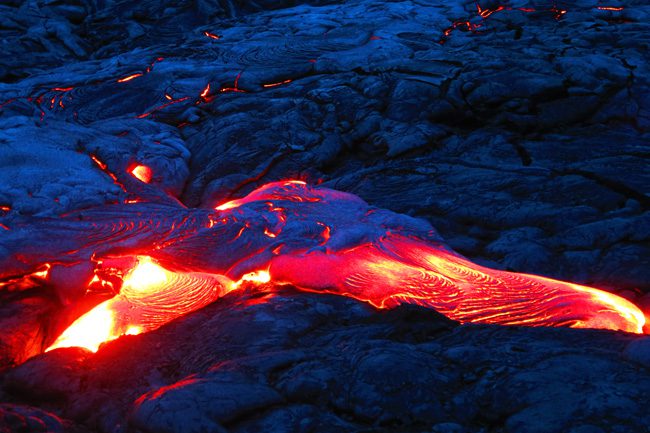
For the grand finale before the long journey back to Kona, I head towards the ocean to witness fire meeting water. It is here that Pele cascades in an incredible display of fire and light into the Pacific Ocean, creating that “smokestack” appearance, the beacon that started off this incredible day.
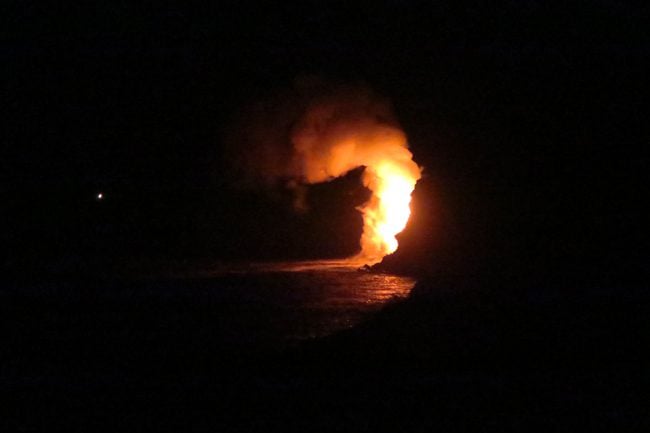
Chapter 2: Ice!
Snow in Hawaii? No way! Well… actually, that’s exactly what’s covering the summit of Mauna Kea – the island’s highest peak at 4,207m above sea level. In fact, if measured from the seafloor (this is an island after all), Mauna Kea is even taller than Mount Everest, rising over 10,000m from the bottom of the Pacific Ocean. With its high elevation, zero light pollution, and dry air, the volcano’s summit is the perfect spot for stargazing. So perfect, in fact, that its summit area is home to over a dozen high-powered telescopes – the largest collection of such instruments in the world.
So despite the 25km hike, how can one resist the urge to see what’s happening at the summit?
Is that Matt Damon?
The hike begins at the Mauna Kea Visitors Center, where volunteers check my sanity level and make sure I get at least 30 minutes of acclimation time to the thin air before attempting the challenging hike. Once on the trailhead, the beautifully sunny Sunday morning reveals panoramic views of the saddle separating Mauna Kea and its slightly shorter twin sister – Mauna Loa (who is, as of July 2019, beginning to show signs of serious geological activity).
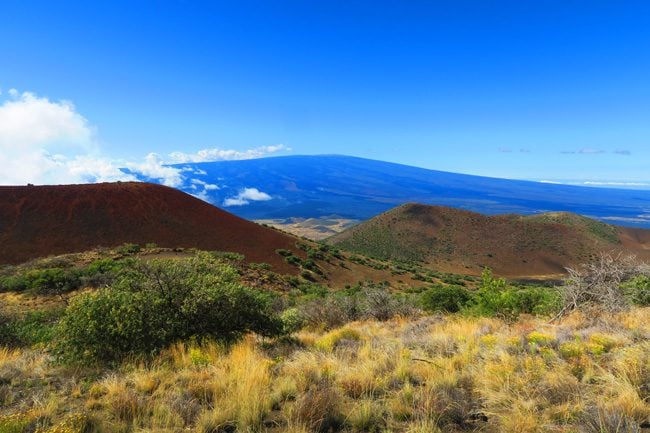
But on the Big Island, weather can quickly change, even if the forecast called for a cloud-free day. The beautifully sunny Sunday morning turns into a cloudy Sunday afternoon and my t-shirt is quickly covered by a second layer. With miles of sheer ascent still to go, I stop every five or ten minutes to catch my breath and drink some water – a must in these altitudes. The scenery is surreal: boulders in different shades of red and nobody else around. Perhaps I’ll bump into NASA’s Curiosity rover or Mark Watney trying to get himself back to Earth? And if you think I’m exaggerating a bit here’s a fact for you: both Apollo astronauts and Mars rover programs train right here on this very same mountain…
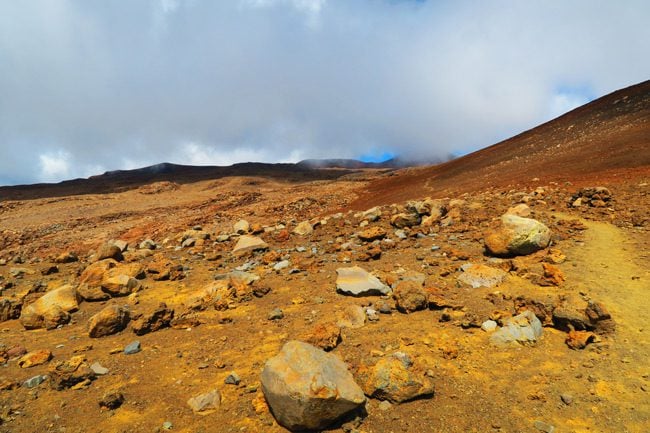
And then some good news and some bad news. The good news: the trail is becoming less and less steep. The bad news: it’s starting to snow! Out come the fleece, the rain jacket, winter hat, gloves, and scarf. Seriously freezing my ass, I finally make it to Lake Waiau – one of the highest lakes in the US and a sacred spot for Hawaiians. We’ve all seen more impressive lakes in our lives, but how many at this elevation?!
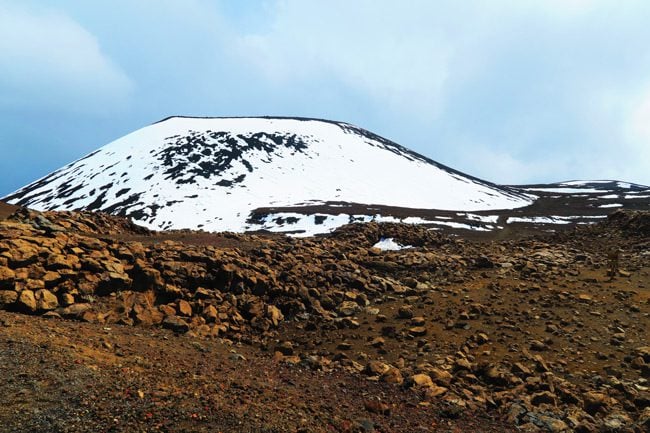
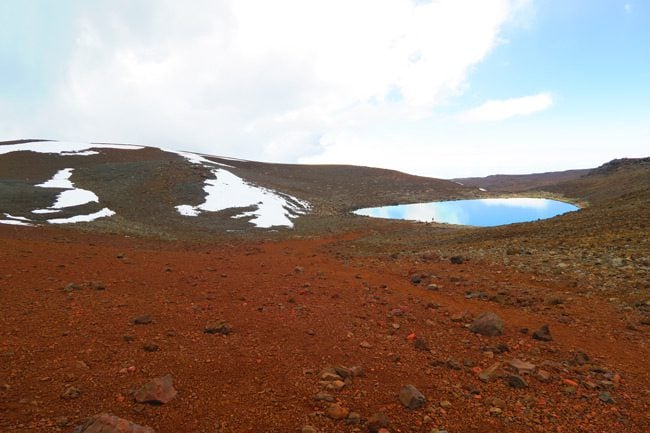
The summit!
Lake Waiau marks the beginning of the end, with the summit only a few more minutes away. Up here, the clouds are mostly gone, the sun is shining and strange giant golf balls are decorating the barren landscape. I embark for a victory lap around the observatories only to find there isn’t one sole around here. Where are all the scientists? Who cares, I just want to grab a nice spot, enjoy the view and not think about the hike back down…
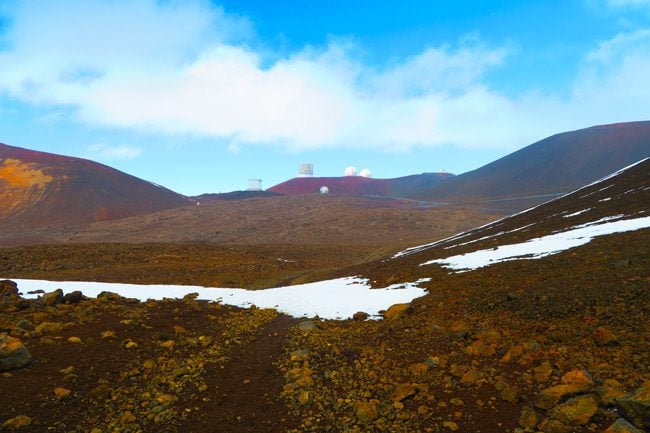
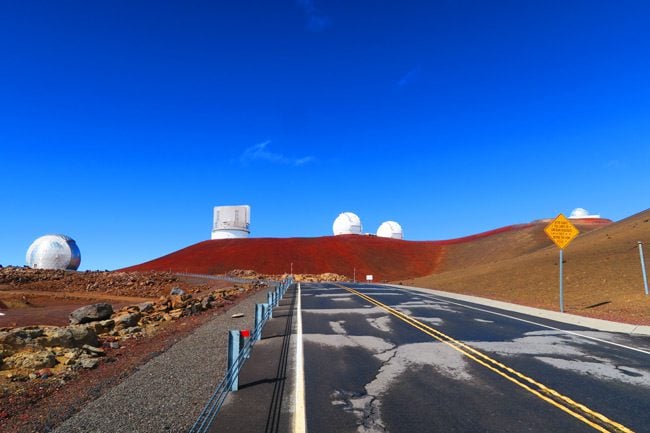
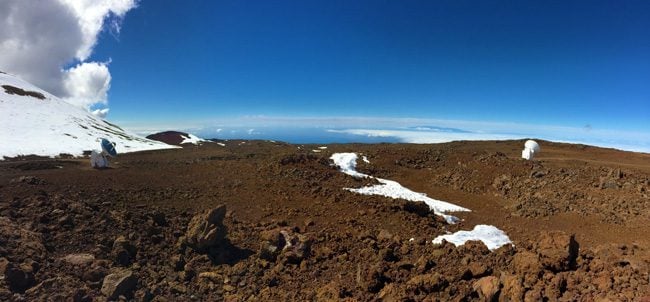
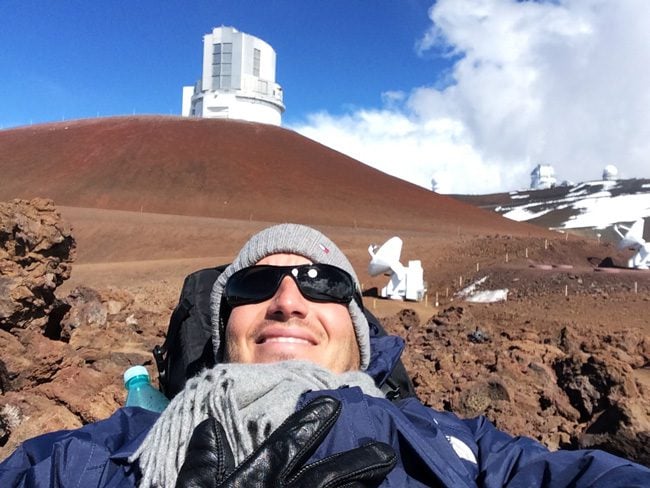
Back at the visitor’s center, I arrive as convoys of 4X4’s packed with scientists begin to make their way to the summit for a night-shift of observing the heavens. I make it just in time for sunset and folks – it is glorious. Island sunsets are all about the sun setting into the ocean but on Mauna Kea, the sun sets into the clouds. What a perfect way to end a long and exhausting day, and a great way to bid farewell to the Big Island.
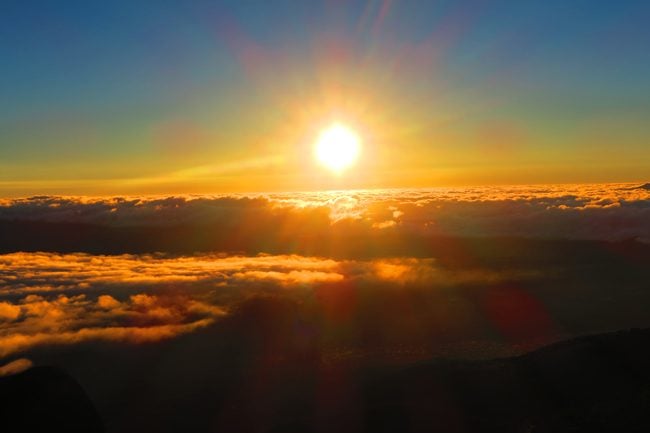
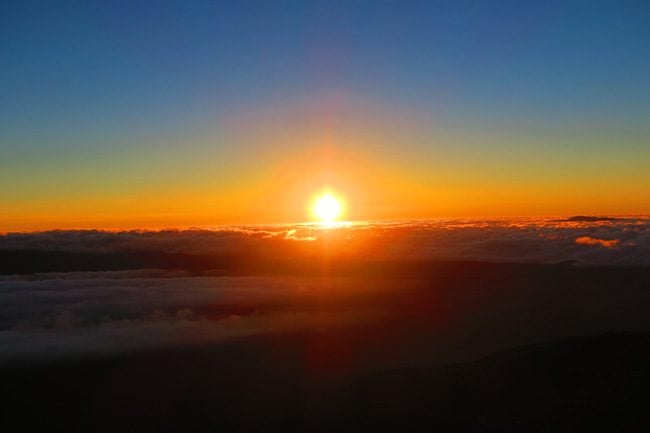
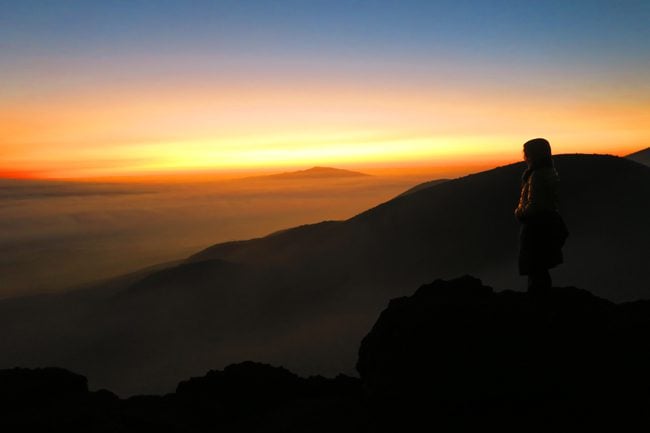
What’s next?
It is sadly time to leave the Big Island but hey, the adventure has only just begun. Next week, we’ll visit the island of Kauai. Known as the Garden Island, Kauai is the lushest and most dramatic of all Hawaiian Islands. See you next time and in the meantime – aloha!
Visiting Hawaii? Sample itineraries, guides to the best spots, and the must-see highlights in five islands are all waiting for you in the Hawaii Travel Guide collection. Aloha!
Hawaii, Tailor Made!
The Hawaiian islands are among the last places to be colonized by mankind, five main islands, each with its unique personality.
Get expert advice and assistance with planning your trip to the destination where tropical dreams come true!
